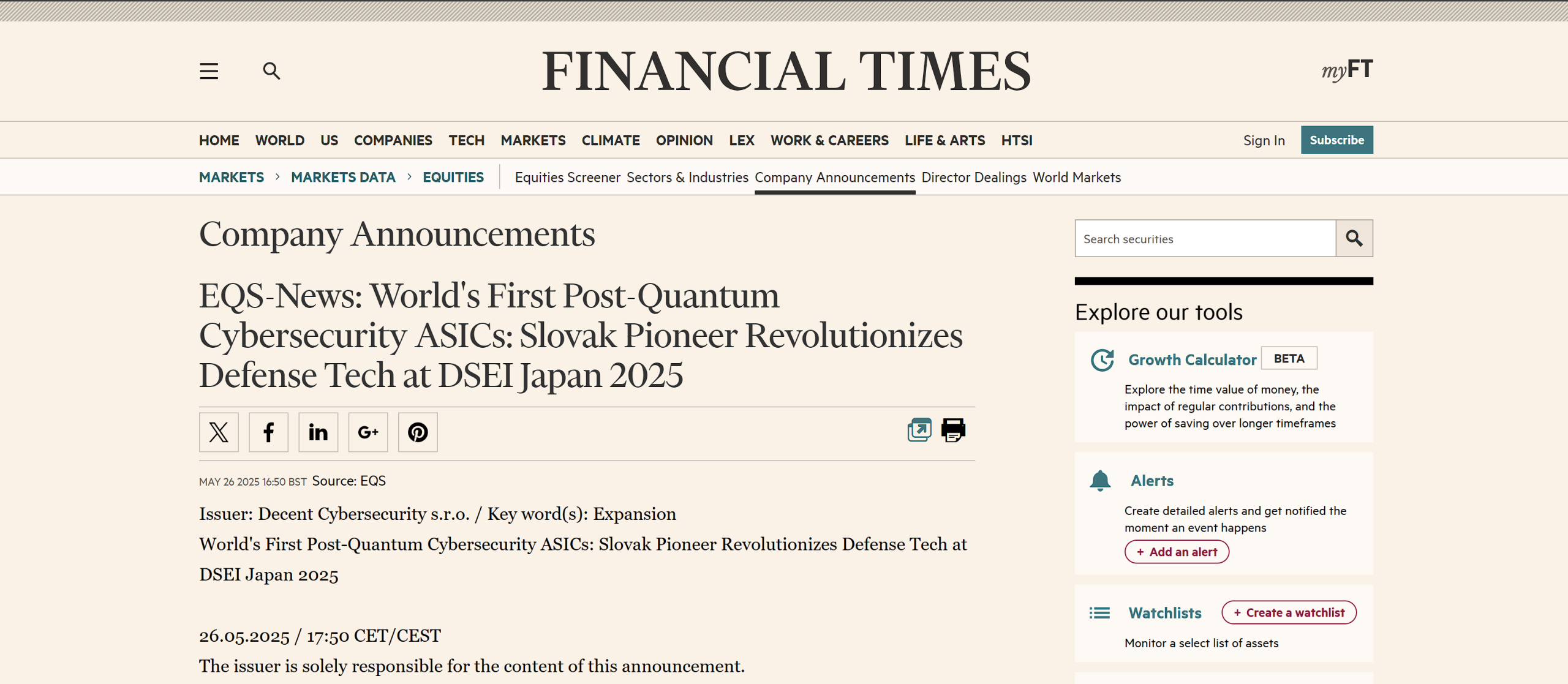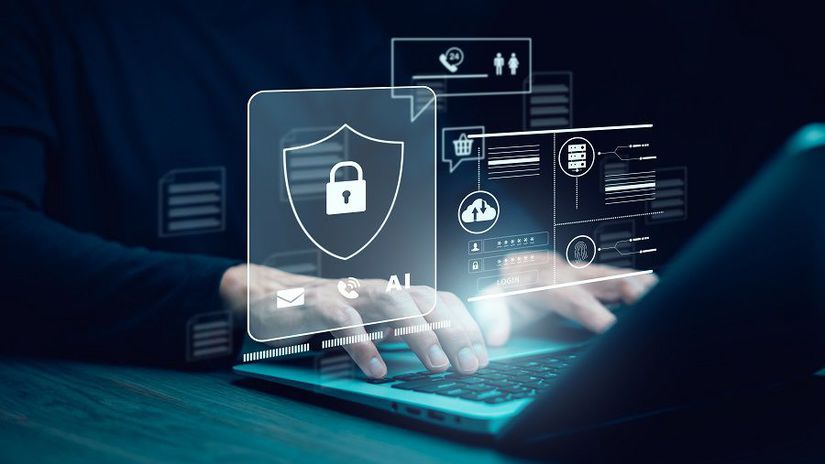The digital landscape of 2024 necessitates advanced defensive measures, particularly for institutions of NATO’s caliber. The integration of blockchain, post-quantum encryption, and homomorphic encryption has become paramount to address NATO’s cybersecurity challenges and data anonymization requirements.
Cybersecurity and NATO:
With a budget surpassing $1 trillion by 2023, NATO has allocated substantial resources towards reinforcing its cyber defenses. As cyber threats escalate, the alliance’s investment in groundbreaking technologies signifies its commitment to safeguarding member nations.
Blockchain for Data Authentication:
Blockchain technology provides a decentralized system, ensuring the authenticity of communications and documentation within NATO. This technology facilitates trust among member nations by preserving the integrity and provenance of shared data.
The Imperative of Post-Quantum Encryption:
The emergence of quantum computing threatens the viability of traditional cryptographic methods. To preemptively counteract potential quantum breaches, NATO is gravitating towards post-quantum encryption. This move is essential for ensuring that the alliance’s classified communications remain uncompromised in a post-quantum era.
Homomorphic Encryption for Data Privacy:
Collaboration among NATO’s member countries necessitates a robust data privacy framework. Homomorphic encryption, which permits computation on encrypted data without decryption, offers a solution. This mechanism ensures that classified information retains its confidentiality during cooperative operations, epitomizing data anonymization.
In conclusion, as NATO maneuvers through 2024, its strategic integration of blockchain, post-quantum, and homomorphic encryption will be pivotal. These technologies, collectively, offer a robust defense mechanism, ensuring that NATO remains resilient and secure in a rapidly evolving digital domain.





